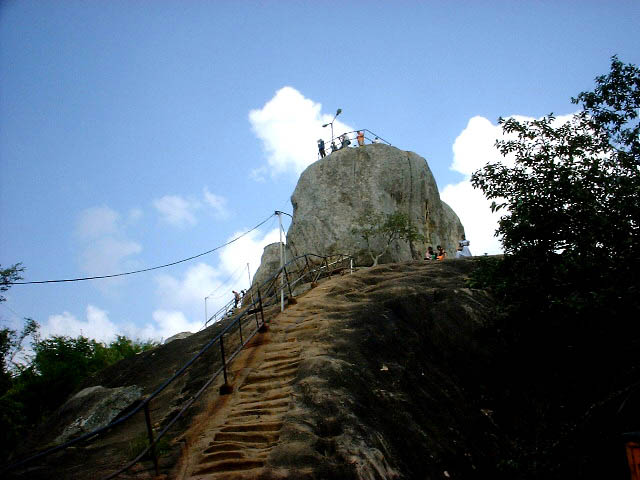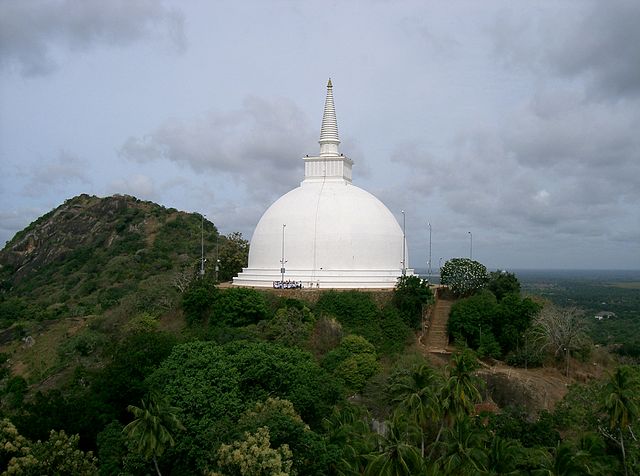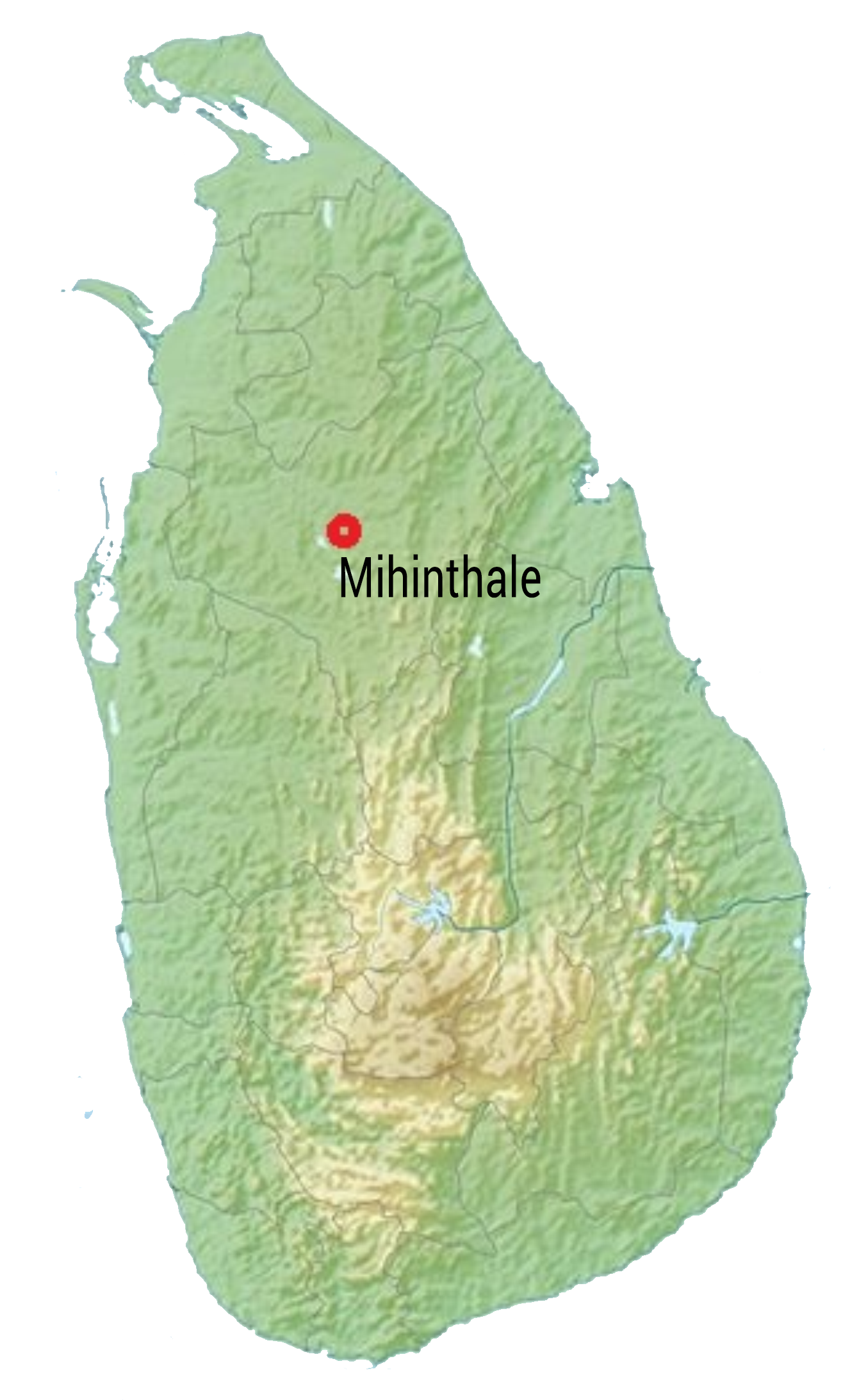
DX Holidays
Experiance True Sri Lanka
Experiance True Sri Lanka

The Anuradhapura Kingdom, named for its capital city, was the first established kingdom in ancient Sri Lanka. Founded by King Pandukabhaya in 377 BC. Buddhism played a strong role in the Anuradhapura period, influencing its culture, laws, and methods of governance.
The Anuradhapura Kingdom was a wealthy & very powerful kingdom at the era.
From enormous dagobas (dome-shaped structures) and remains of ancient buildings in the ruined cities of Anuradhapura, we can realize the economic stability of the era.
Ancient ruins at Anuradhapura cultural city are named as a world heritages by the UNESCO.
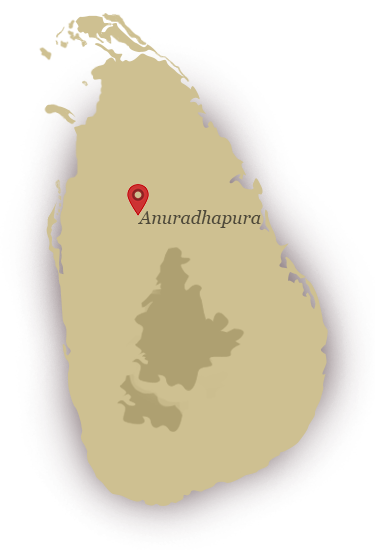
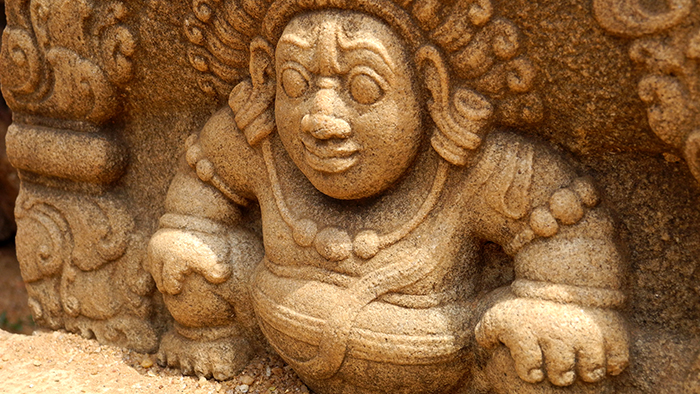
Engineering Technology - 2,300 Years Ego
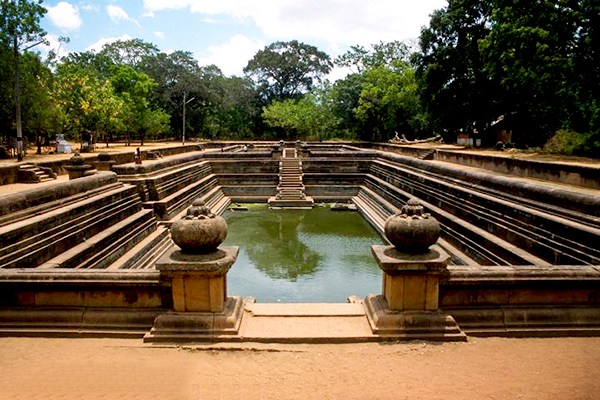
- Kuttam Pokuna -
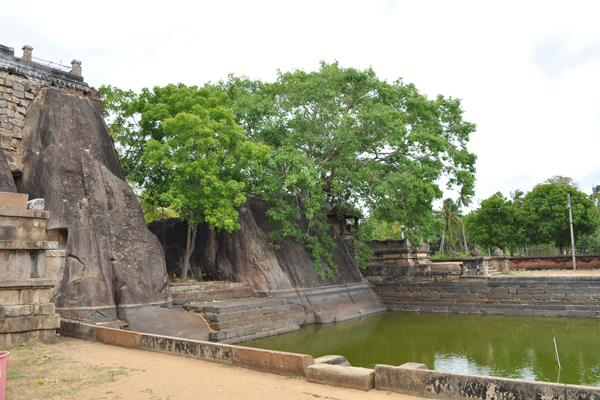
- Isurumuniya -
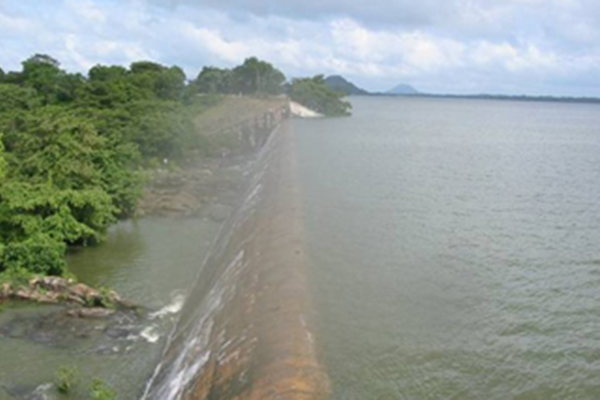
- Kala Wewa -
Background
Invasions from South India were a constant threat throughout the Anuradhapura period. Rulers such as Dutthagamani, Valagamba, and Dhatusena are noted for defeating the South Indians and regaining control of the kingdom. Other rulers who are notable for military achievements include Gajabahu I, who launched an invasion against the invaders, and Sena II, who sent his armies to assist a Pandyan prince.
Because the kingdom was largely based on agriculture, the construction of irrigation works was a major achievement of the Anuradhapura Kingdom, ensuring water supply in the dry zone and helping the country grow mostly self-sufficient.
Several kings, most notably Vasabha and Mahasena, built large reservoirs and canals, which created a vast and complex irrigation network in the Rajarata area throughout the Anuradhapura period. These constructions are an indication of the advanced technical and engineering skills used to create them. The famous paintings and structures at Sigiriya; the Ruwanwelisaya, Jetavana stupas, and other large stupas; large buildings like the Lovamahapaya; and religious works (like the numerous Buddha statues) are landmarks demonstrating the Anuradhapura period's advancement in sculpting.
Buddhism and Anuradhapura
During the late Anuradhapura period, the royal family and nobility of Sri Lanka strongly supported Buddhism. As such, they frequently commissioned works of art and donated these items to Buddhist temples. In return, the temple and local Buddhist community supported the king's rule.
Great Building Era
The architectural remains can still be seen and gives a glimpse of what had been the country at that time.Abayagiri Stupa or the Abayagiri Dageba was constructed in 1 Century BC by King Vattagamini Abaya. The Abayagiri complex covers an area of 200 hectares.The height of the stupa is 235 feet and has a diameter of 310 feet at the base of the dome. It is built on a stone paved platform.The techniques used in Anuradhapura era is outstanding.
Yapahuwa was one of the ephemeral capitals of medieval Sri Lanka. The rock fortress complex of Yapahuwa is situated in 144 Km away from Colombo. This destination is popular among tourists due to its Structural Significance & historical values.
Yapahuwa served as the capital of Sri Lanka in the latter part of the 13th century. Built on a huge, 90 meter high rock boulder in the style of the Sigiriya rock fortress, Yapahuwa was a palace and military stronghold against foreign invaders.
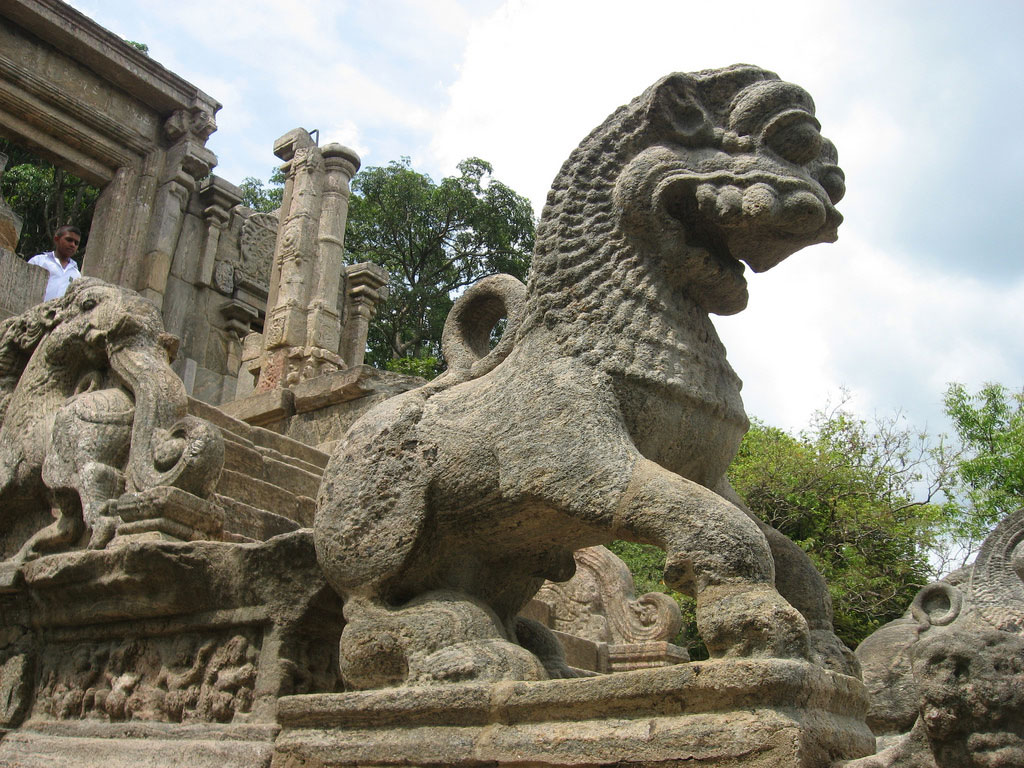
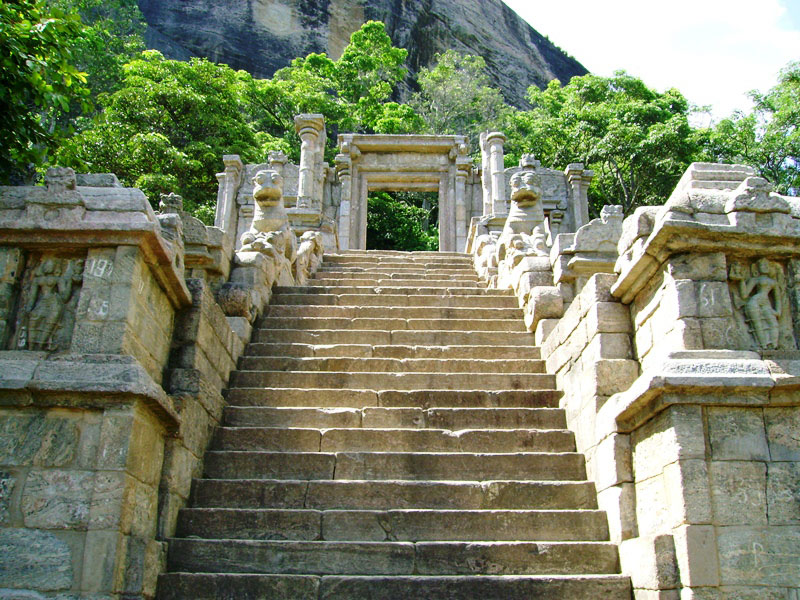
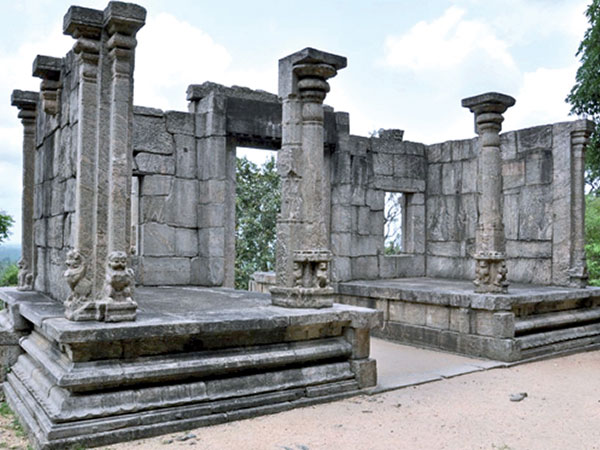
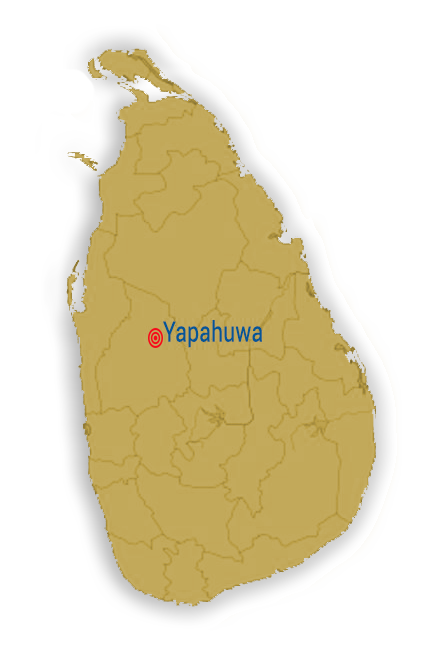
The Avukana statue is a standing statue of the Buddha near Kekirawa in North Central Sri Lanka. The statue, which has a height of more than 40 feet (12 m), was carved out of a large granite rock face during the 5th century.
It depicts a variation of the Abhaya mudra, and the closely worn robe is elaborately carved. Constructed during the reign of Dhatusena, it may have been made as a result of a competition between a master and a pupil. The Avukana statue is one of the best examples of a standing statue constructed in ancient Sri Lanka. It is now a popular tourist attraction.
Characteristics
The Avukana statue is considered to be one of the best examples of a standing statue of the Buddha from ancient Sri Lanka. The Avukana statue shows some influence of the Gandhara school of art, as well as the Amaravati school of art of India. The robe is worn tightly, clearly outlining the shape of the body, and its pleats are carved clearly and delicately. It is worn over the left shoulder, and the right shoulder is bare, as is the tradition in Buddha statues of Sri Lanka. The Buddha's body is straight, and the left hand clutches the robe at the left shoulder. The right hand is raised up to the right shoulder, with the palm facing left. This position is known as the Asisa mudra, a variation of the Abhaya mudra.
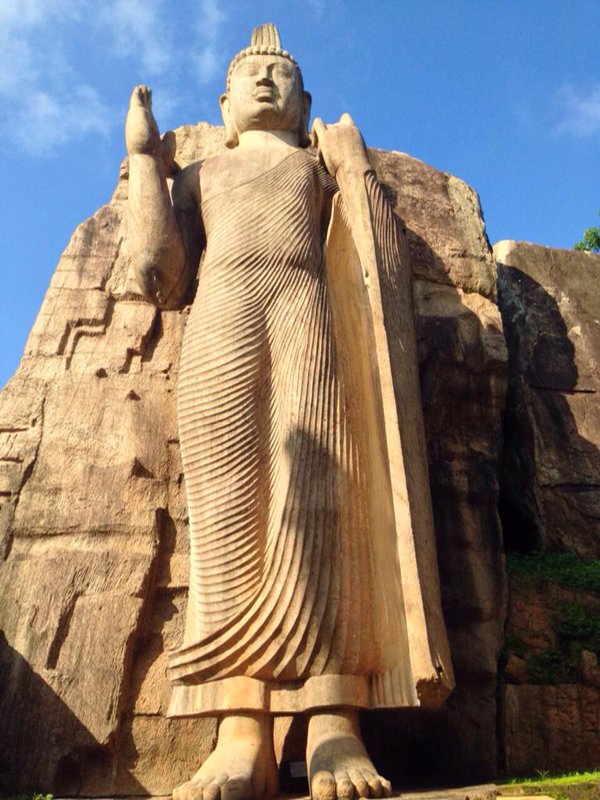
Invaders who arrived from South India ruled the north part of the country during the period from 429 to 455 AD. King Dhathusena defeated the invaders and united the country and then he wanted to rebuild the irrigation system by constructing several tanks, canals, etc., in and round the kingdom of Anuradhapura.
The reservoir served as one of largest irrigation tanks in ancient time. While supplying water also for the small tanks in rural areas on the way, the canal Jaya Ganga carried water from Kala Wewa and stored enough water in the Thisā Wewa for the population of in capital city of Anuradhapura.
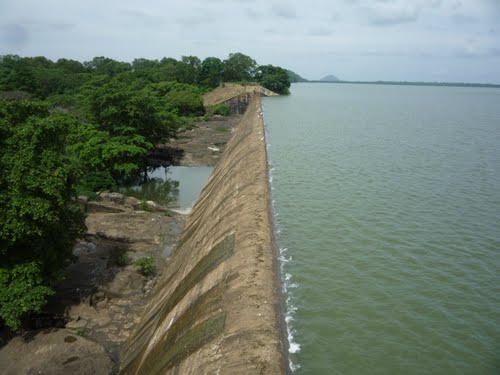
The Legends
King Dhathusena was very keen on information with regard to a spot very suitable to construct a tank to be the massive one in the history of Sri Lanka. There are some folklore on how the king was able to find a place for the tank he imagined. There was a man called Kadawara who left his family and went to live in the jungle due to his wife’s unbearable and repeated insults and disrespects towards him. After some years in the jungle he was well accustomed with wild animals and lived with a flock of deer.
One day a hunter suddenly noticed this strange man living with animals in the jungle; went to the palace and told the king that it seems that this strange man lives in the forest in order to guard an unknown treasure there. King sent his army to catch him. Kadawara was caught and brought to the palace. When the king questioned him of the treasure, Kadawara revealed his true story and told real reason for his leaving the city and living in the jungle. Then king asked him of any interesting thing he had seen while living in the jungle. Kadawa said, “No sir, I have not seen anything interesting but in a brook somewhere in the jungle, water is being blocked by the flora called Kala that has been grown across that stream. According to this legend, it was the spot wherein the king created the Kala Wewa.
Dambulla is the largest and best-preserved cave temple complex in Sri Lanka. The rock towers 160 m over the surrounding plains.There are more than 80 documented caves in the surrounding area. Major attractions are spread over five caves, which contain statues and paintings. These paintings and statues are related to Gautama Buddha and his life.
There are a total of 153 Buddha statues, three statues of Sri Lankan kings and four statues of gods and goddesses. The latter include Vishnu and the Ganesha. The murals cover an area of 23,000 sq ft. Depictions on the walls of the caves include the temptation by the demon Mara, and Buddha's first sermon.

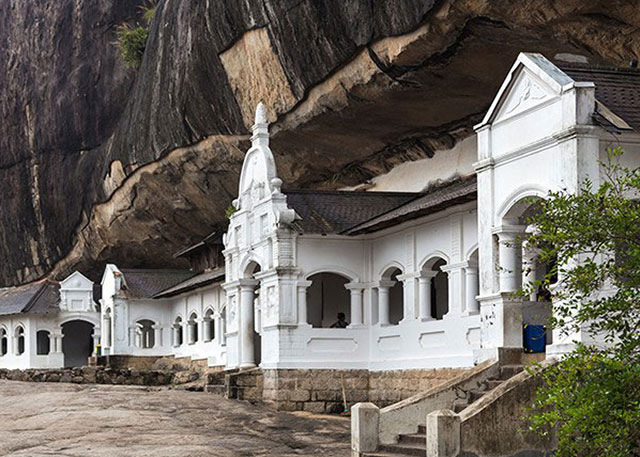
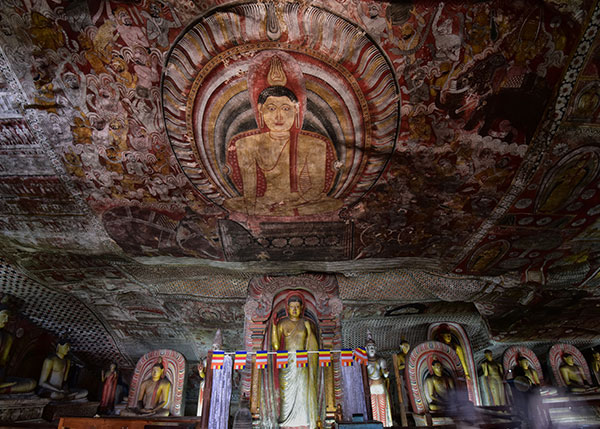
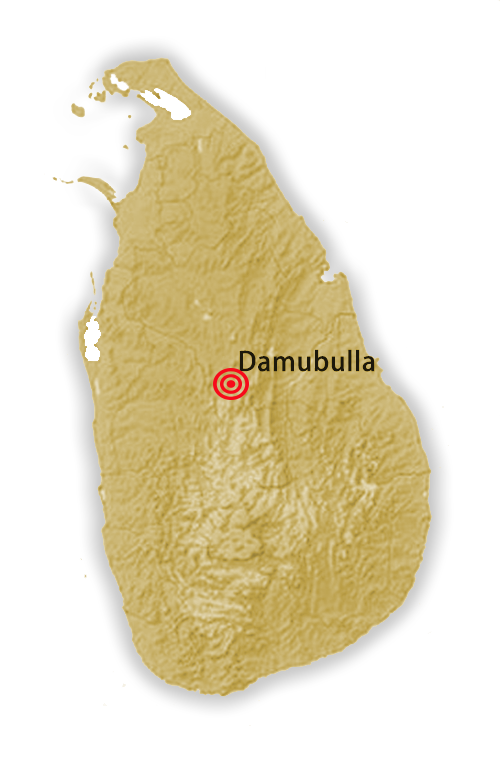
Sigiriya is an ancient rock fortress located in the middle part of Sri Lanka. A site of historical and archaeological significance that is dominated by a massive column of rock nearly 200 metres high. This site has selected by King Kasyapa (477 – 495 CE) for his new capital. He built his palace on the top of this rock and decorated its sides with colorful frescoes. On a small plateau about halfway up the side of this rock he built a gateway in the form of an enormous lion. The name of this place is derived from this structure, the Lion Rock. The capital and the royal palace was abandoned after the king's death. It was used as a Buddhist monastery until the 14th century.
Sigiriya today is a UNESCO listed World Heritage Site. It is one of the best preserved examples of ancient urban planning.
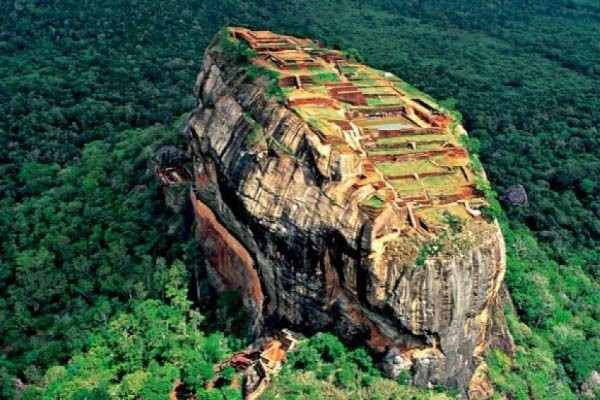
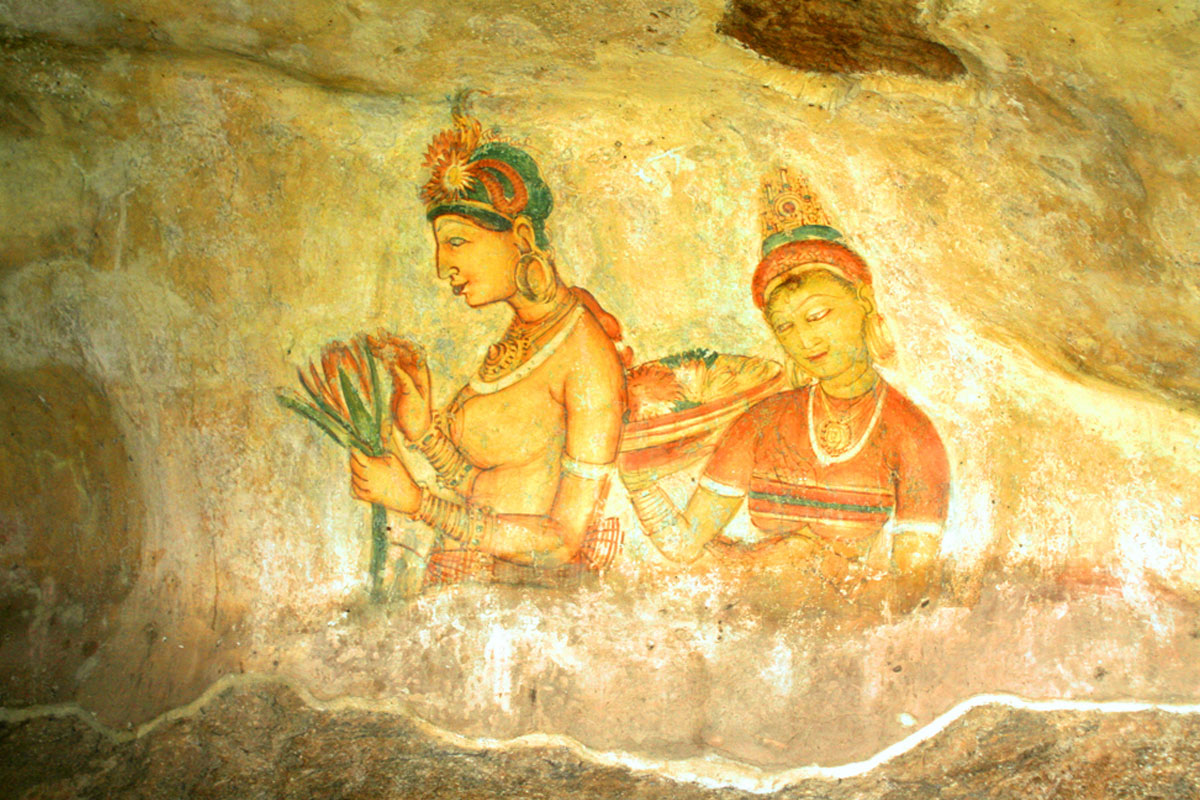
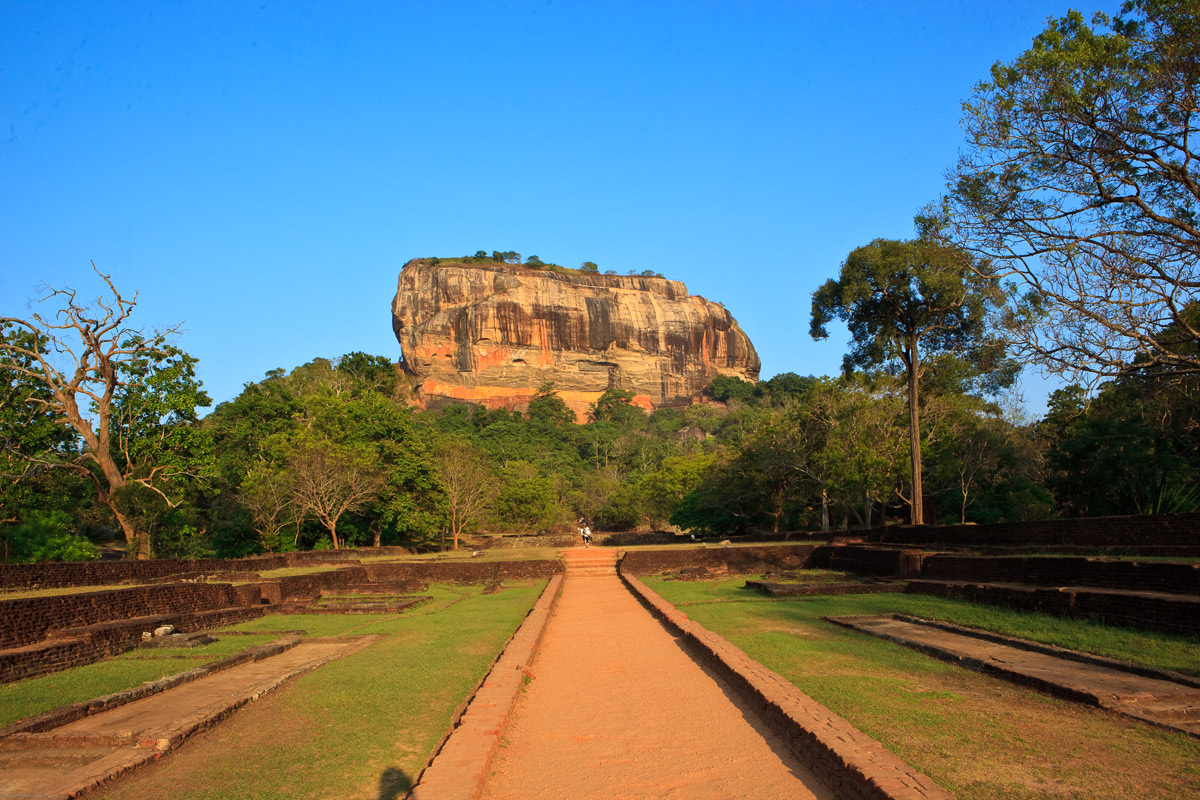
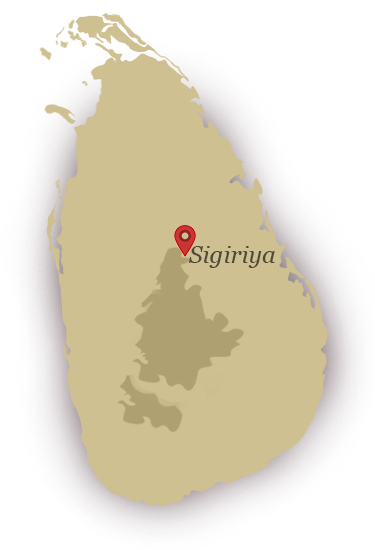
The second most ancient of Sri Lanka's kingdoms, declared as the capital city by King Vijayabahu I, in 1070 CE.
Polonnaruwa remains one of the best planned archaeological relic sites in the country, standing testimony to the discipline and greatness of the Kingdom's first rulers.
The ancient city of Polonnaruwa has been declared a World Heritage site by UNESCO.
...
Read more
Note: Ancient City of Polonnaruwa Entrance fee - foreigners : 25 US$
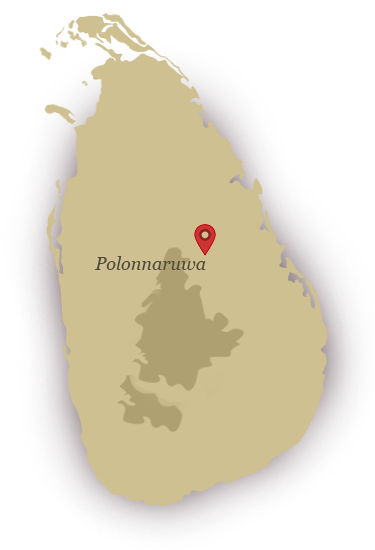



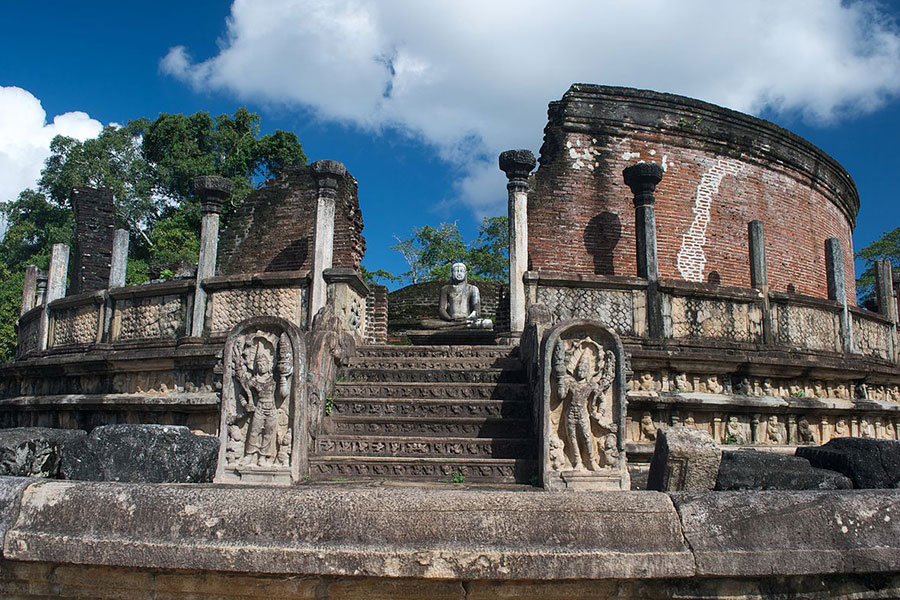
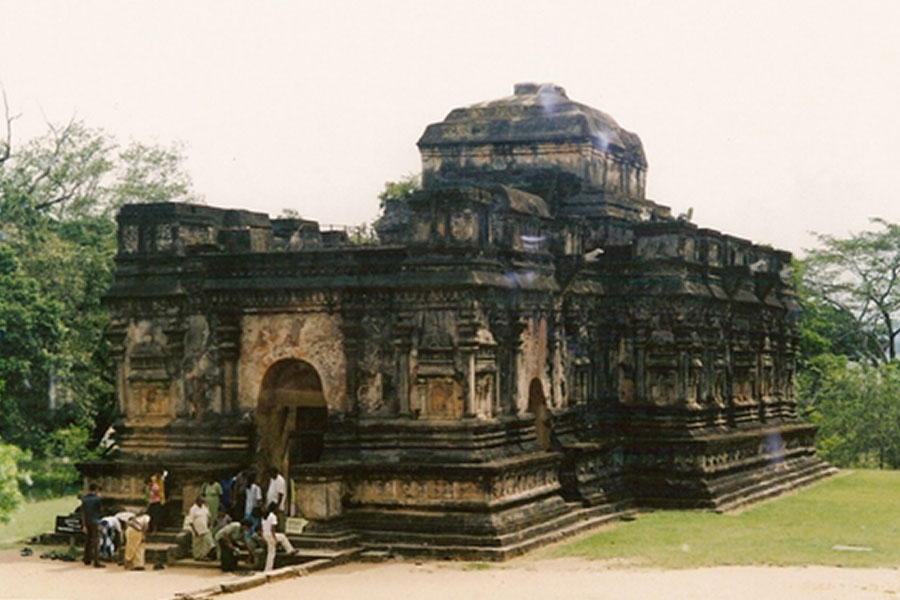
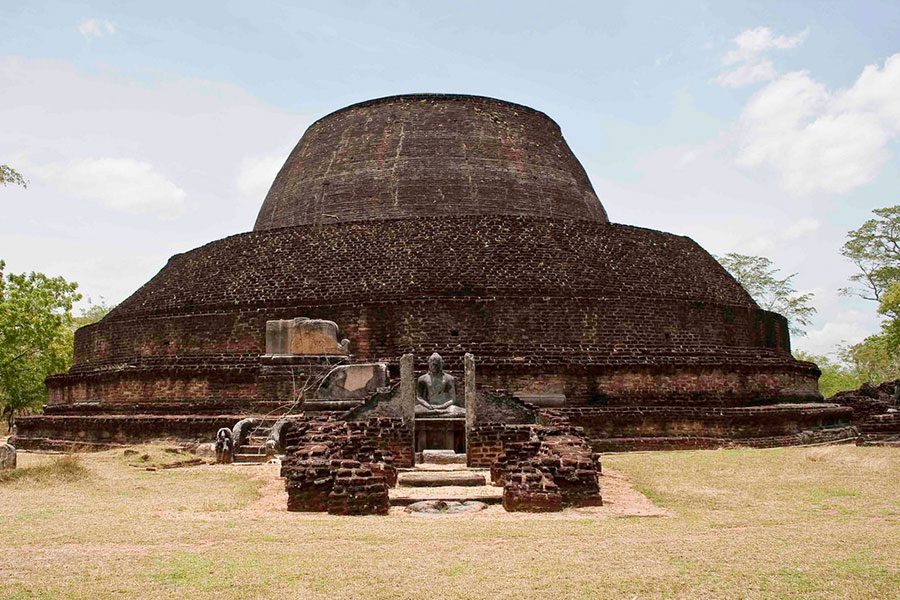
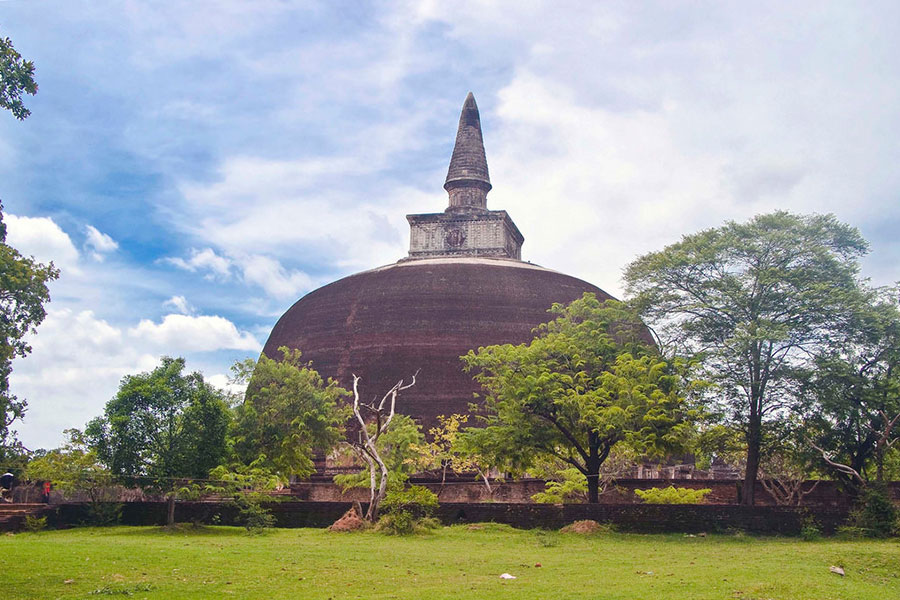
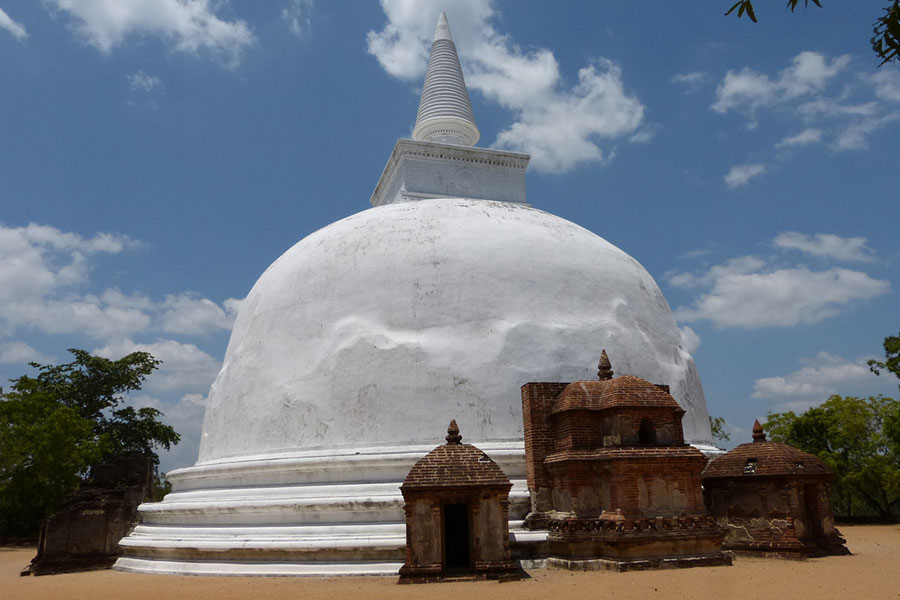
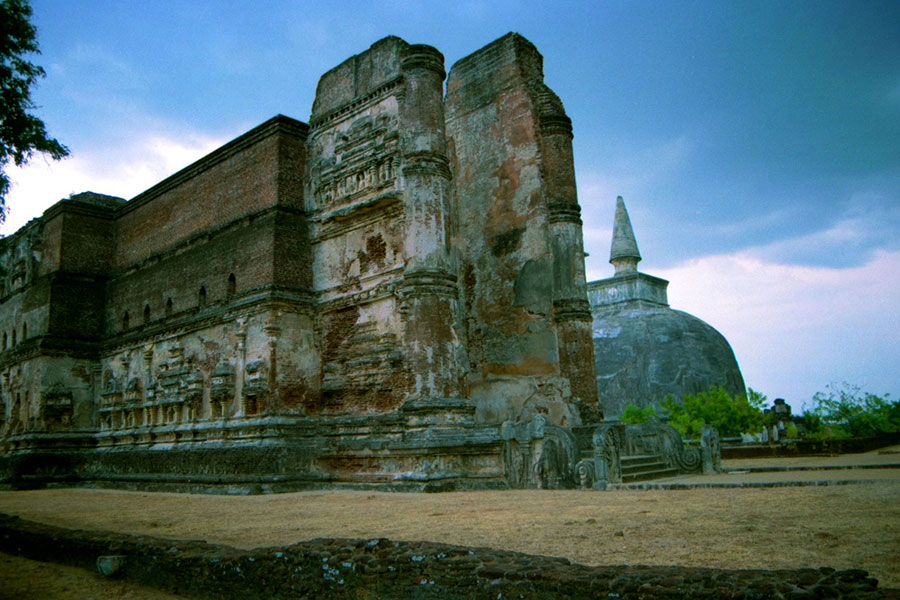
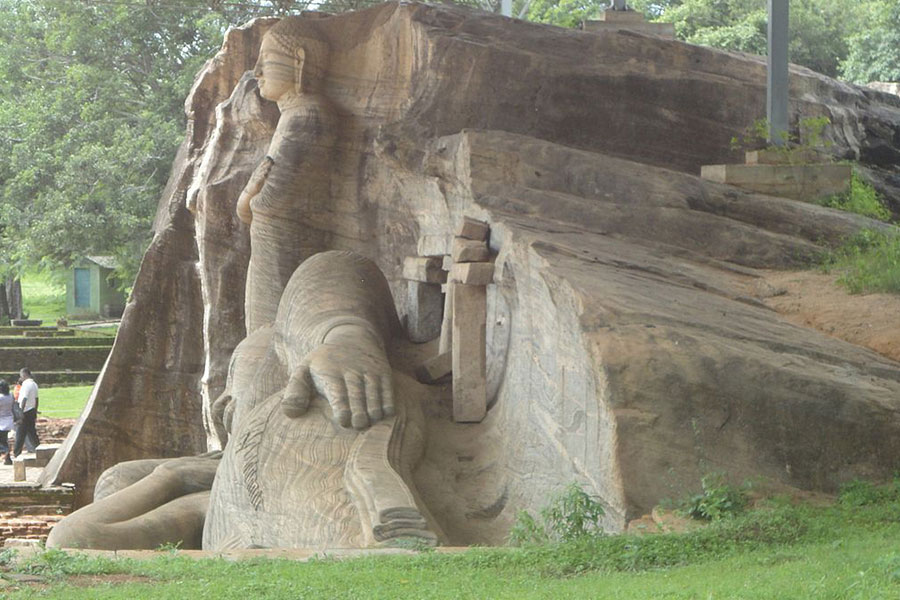
Mihintale is a mountain peak near Anuradhapura in Sri Lanka. The site of a meeting between the Buddhist monk Mahinda and King Devanampiyatissa which inaugurated the presence of Buddhism in Sri Lanka.
According to Dipavamsa and Mahavamsa, Thera Mahinda came to Sri Lanka from India on the full moon day of the month of Poson (June) and met King Devanampiyatissa and the people, and preached the doctrine. The traditional spot where this meeting took place is revered by the Buddhists of Sri Lanka. Therefore, in the month of Poson, Buddhists make their pilgrimage to Anuradhapura and Mihintale.
